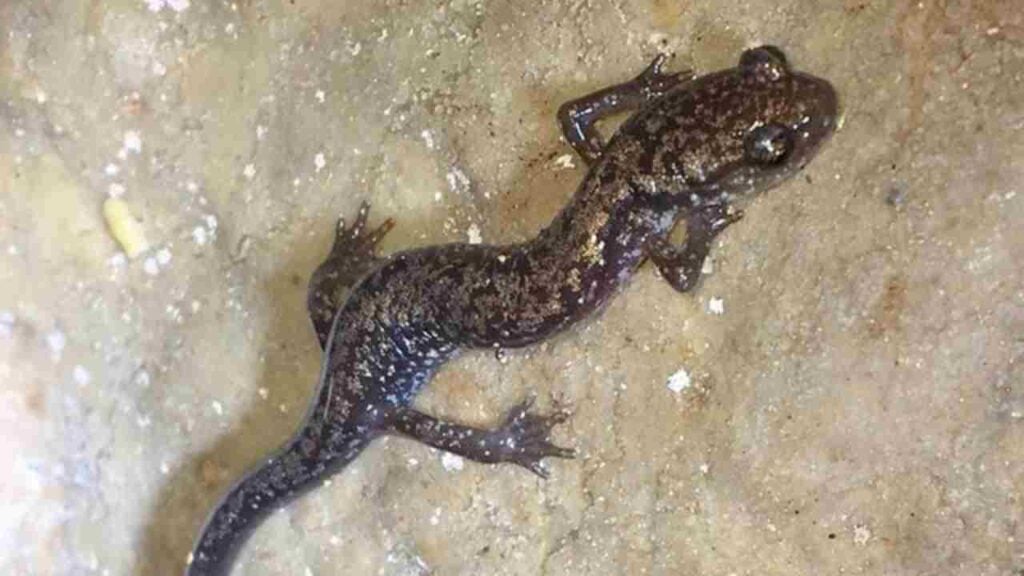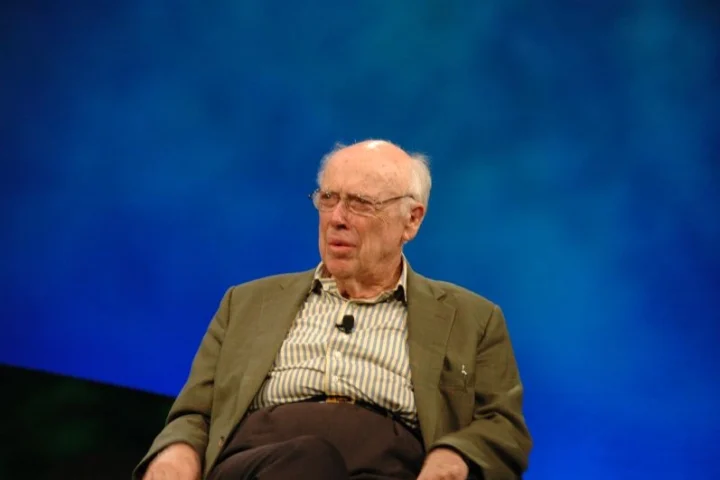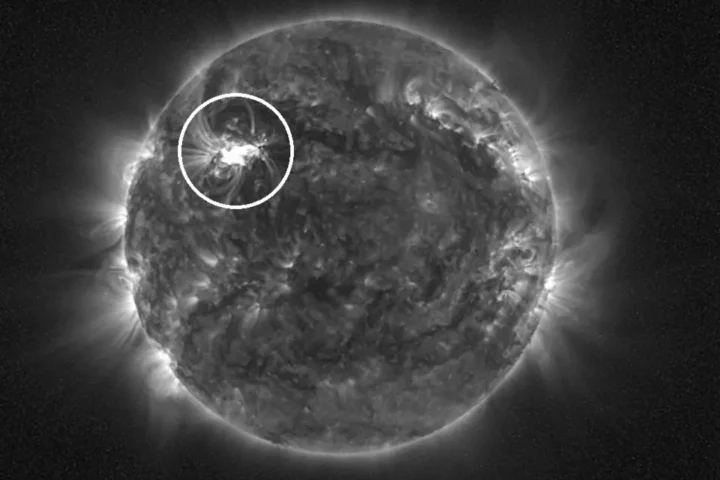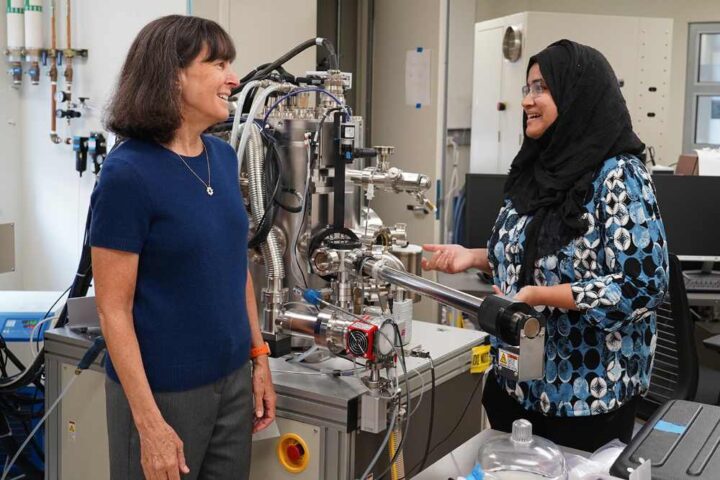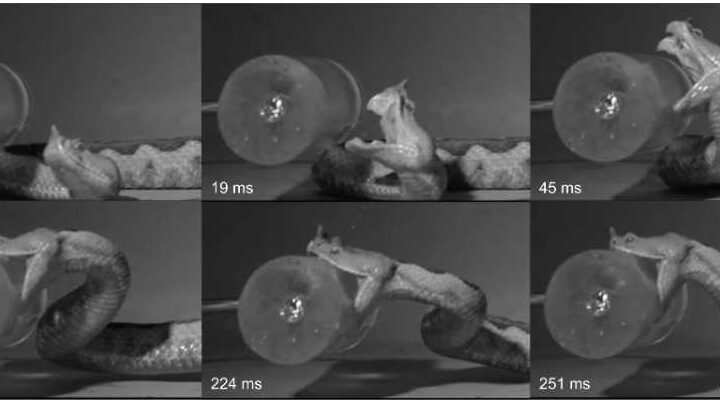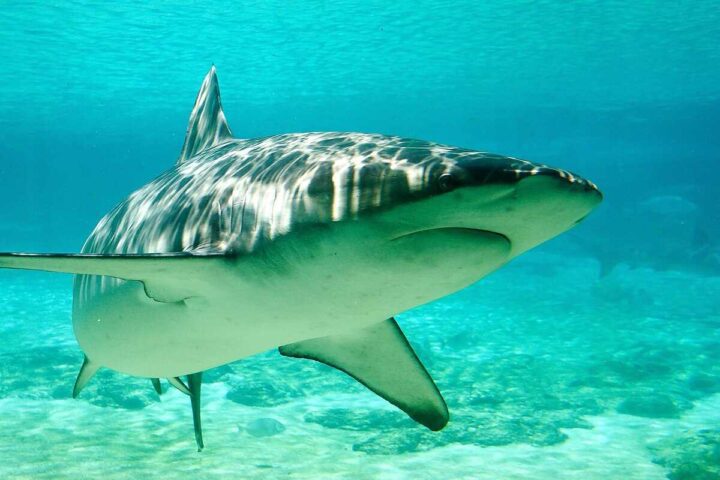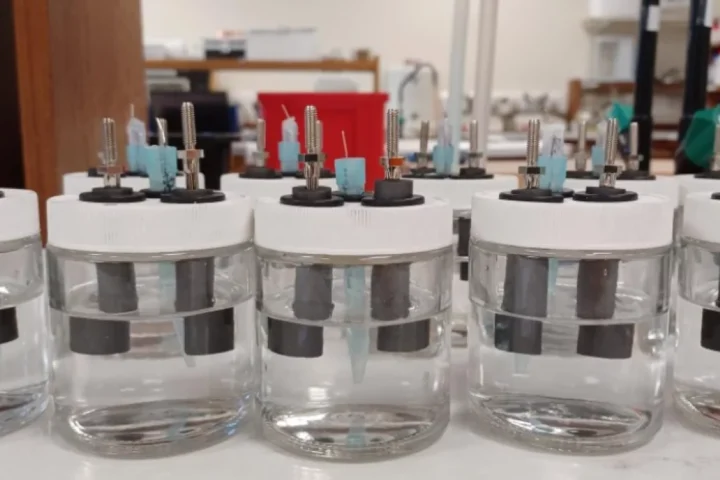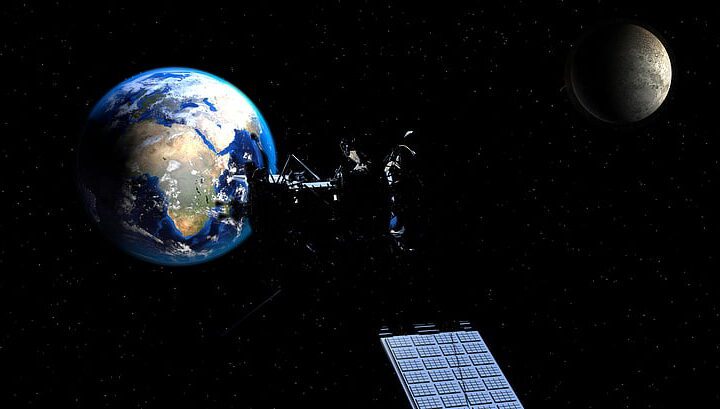The initiative builds upon LASP’s earlier contributions to the Large Ultraviolet Optical Infrared Surveyor (LUVOIR) concept. Among university institutions, only LASP headed the design of a LUVOIR instrument, creating the LUVOIR Ultraviolet Multi-Object Spectrograph (LUMOS), designed to replace and improve upon Hubble’s existing imaging spectrograph.
“The decadal survey specifically called out the capabilities of the LASP instrument design as drivers for HWO’s instrument suite,” France noted, referring to the National Academies’ Decadal Survey of Astronomy and Astrophysics that recommended HWO as a priority mission.
LASP Interim Director Frank Eparvier emphasized the importance of university contributions: “Innovation, research, and workforce development from university labs like LASP are critical in the success of ambitious missions like the Hubble and James Webb space telescopes, and the future Habitable Worlds Observatory.”
The telescope will feature a large 6-8 meter segmented mirror (similar in size to Webb) and use specialized instruments called coronagraphs or starshades to block out the bright light from stars, allowing the telescope to see the much fainter planets nearby. This technology requires incredibly precise engineering, with some components needing alignment at the picometer level – smaller than the width of an atom.
More Posts
LASP is advancing technology for HWO through smaller-scale projects as well. Among these are CUTE (Colorado Ultraviolet Transit Experiment) – a pioneering ultraviolet astrophysics CubeSat – along with the upcoming SPRITE and MANTIS missions. These initiatives are testing specialized mirror coatings and additional technologies potentially valuable for the HWO mission.
HWO’s mission goes beyond just finding habitable planets. France describes it as a “super-Hubble” that will achieve “roughly 100 times the sensitivity and discovery space for astrophysics” compared to the Hubble Space Telescope, allowing scientists to study galaxies, black holes, and the evolution of cosmic structures.
The project is currently in early development, with multiple designs under consideration. The telescope is expected to launch in the late 2030s or early 2040s, with technology development continuing through the late 2020s.
Several LASP scientists will participate in the “Towards the Habitable Worlds Observatory” conference in Washington, D.C., where hundreds of scientists are gathering to plan this ambitious mission. The high level of interest – with over 500 abstracts submitted for just 150 presentation slots – demonstrates the strong scientific support for the project.
When completed, HWO will aim to identify and directly image at least 25 potentially habitable worlds, potentially answering humanity’s age-old question about whether we are alone in the universe.



